July 1, 2025 | 15:56 GMT +7
July 1, 2025 | 15:56 GMT +7
Hotline: 0913.378.918
July 1, 2025 | 15:56 GMT +7
Hotline: 0913.378.918
On June 30 in Hanoi, the VNU-Hanoi School of Business and Management, in collaboration with Japan's Ministry of Agriculture, Forestry and Fisheries (MAFF) and the Institute of Strategy and Policy on Agriculture and Environment (ISPAE) under Vietnam's Ministry of Agriculture and Environment, held a consultation workshop on "Low-emission Rice and Climate Finance Mobilization."
The workshop provided information on the cooperation between Vietnam and Japan to generate carbon credits from low-emission rice cultivation through the Joint Crediting Mechanism (JCM).
In Vietnam, wet rice cultivation is one of the major sources of methane (CH4) emissions, a greenhouse gas. The AWD irrigation method, developed by Japan's Green Carbon Company, has been selected for implementation in 19 provinces and cities across the country. The solution has proven effective in Nghe An, where it has helped reduce methane emissions by an average of 48% and save 25–30% of irrigation water while maintaining or even improving crop yields.
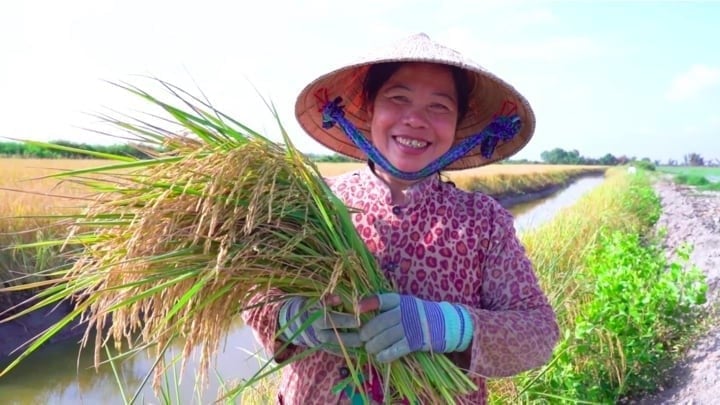
Low-emission rice harvesting in Nghe An in June 2025. Photo: TN.
During the 2024 spring crop in Nghe An, the AWD irrigation method helped reduce emissions by an average of 4.3 tons of CO2 per hectare, equivalent to a 50–55% reduction compared to fields without the application. In the 2024 summer-autumn crop, emission reductions reached an average of 6.5 tons of CO2 per hectare, representing a 53–60% decrease.
Rice cultivation using the AWD method also helps reduce pests and diseases, lowers the rate of falling, increases yields, and decreases irrigation frequency. While each district had its own specific conditions in terms of rice varieties, cultivation practices, and outcomes, the alternate wetting and drying method consistently proved to be well-suited to local conditions.
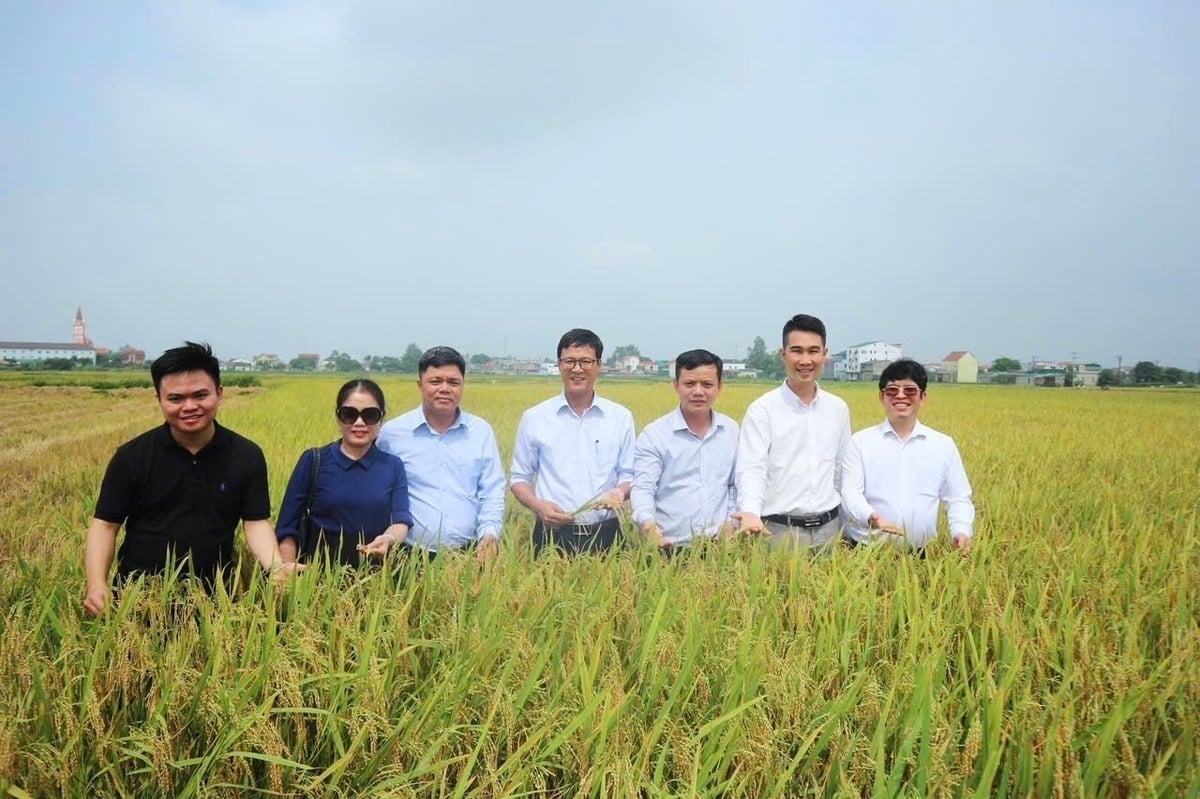
Experts survey rice fields cultivated according to the AWD method. Photo: TN.
The results of the model implementation in Nghe An also demonstrate the high feasibility of scaling up low-emission rice cultivation. Cultivated areas have expanded rapidly over each crop; more communes have joined the model; and production quality has improved significantly.
Green Carbon is a project developer, working directly with farmers and local cooperatives to apply the AWD technique on a large scale. The company is also responsible for conducting the measurement, reporting, and verification (MRV) of emission reductions, thereby facilitating project registration in accordance with JCM's rigorous standards.
In An Giang, Green Carbon has deployed Japan's AWD irrigation method and successfully registered 116,000 hectares under the Verra standard. In the 2025-2032 period, the project is expected to generate tens of millions of carbon credits.
In the 2013-2020 period, Vietnam and Japan implemented 14 projects and issued more than 35,000 carbon credits under the JCM. Currently, Vietnam's Ministry of Agriculture and Environment and other relevant agencies are closely coordinating and discussing with the Japanese side to sign a new cooperation agreement for the next phase.
In the context of fulfilling strong commitments under the Nationally Determined Contributions (NDCs) and the Net Zero target by 2050, the new agreement will focus on promoting low-carbon agricultural projects, particularly the application of the AWD method in rice cultivation, to reduce greenhouse gas emissions and generate high-quality carbon credits in line with Article 6 of the Paris Agreement. Under this mechanism, both countries can utilize Internationally Transferred Mitigation Outcomes (ITMOs) from projects implemented in Vietnam to jointly fulfill their NDC targets.
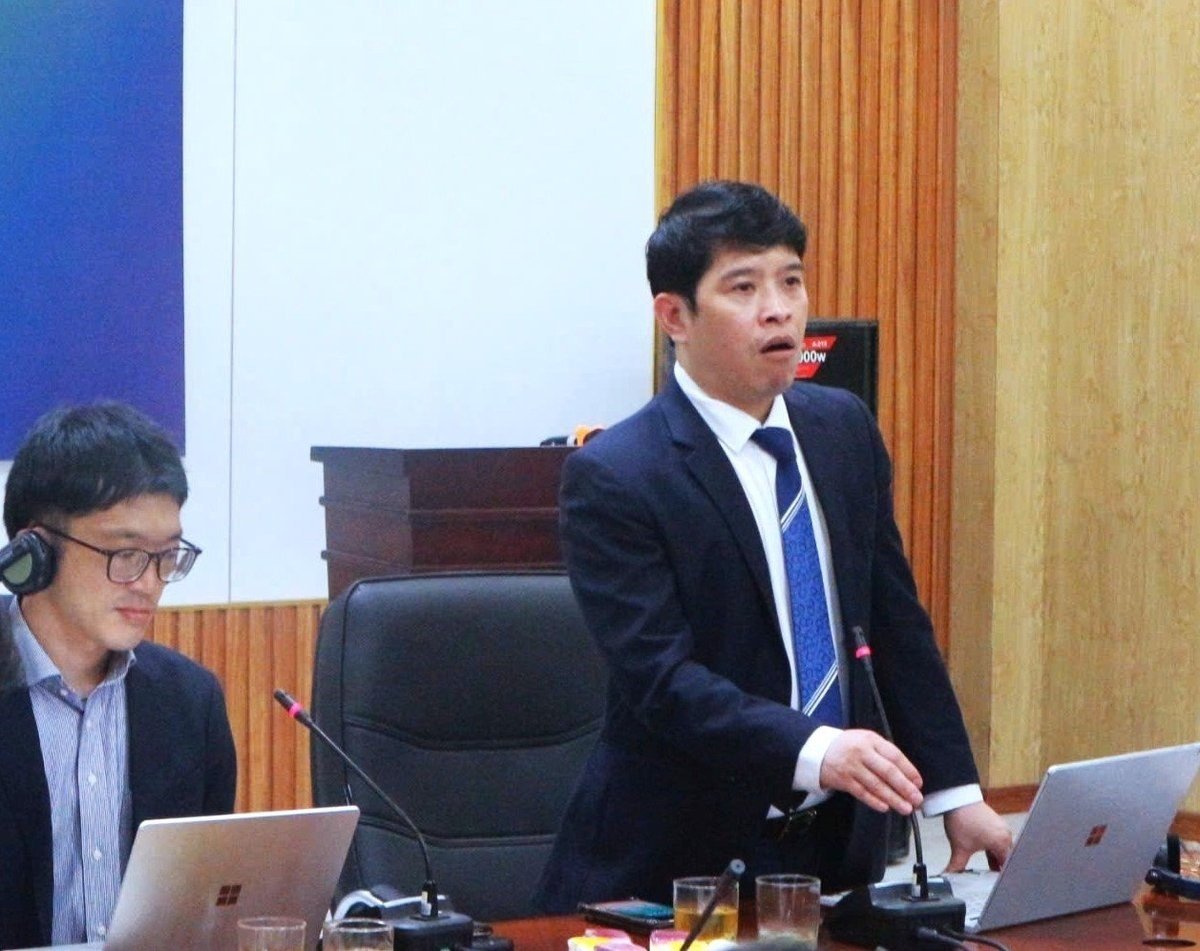
Dr. Nguyen Dinh Tho, Deputy Director General of the Institute of Strategy and Policy on Agriculture and Environment (ISPAE), speaks at the workshop. Photo: TN.
Sharing the cooperation orientation, Dr. Nguyen Dinh Tho, Deputy Director General of the Institute of Strategy and Policy on Agriculture and Environment, stated that replicating the low-emission rice cultivation model through the JCM is a strategic step. It not only increases farmers' income and strengthens climate resilience but also affirms Vietnam's pioneering role in building a green and responsible agriculture. This is a concrete action to realize Vietnam's NDC commitment to reducing emissions by 43.5% with international support. Applying the AWD method in cooperative activities can be seen as a model of how developed and developing countries can act together to achieve shared climate goals.
Mr. Tanaka Tomoki, Deputy Head of the International Strategy Division, Export and International Affairs Bureau, Ministry of Agriculture, Forestry and Fisheries (MAFF) of Japan, shared, "The Japanese government is committed to accompanying Vietnam on its journey towards a low-carbon future. The new phase of the JCM, especially in the agricultural sector, will create mutual benefits for both countries, helping to achieve ambitious climate targets and further strengthen the Comprehensive Strategic Partnership."
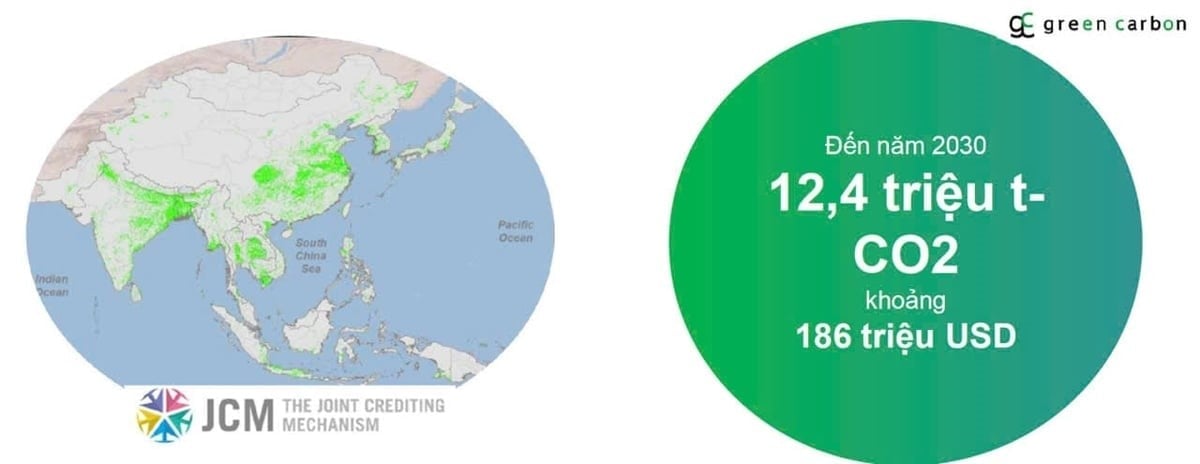
Economic potential of carbon credits under the Joint Crediting Mechanism (JCM) by 2030. Photo: Green Carbon.
Experts from Vietnam and Japan shared the implementation results of the AWD irrigation method in rice cultivation in Vietnam; the contribution of the JCM to the international carbon credit market; the benefits of JCM for Vietnamese farmers; cooperation opportunities under Article 6 of the Paris Agreement; and initiatives related to carbon credit certification, voluntary credit registration, farmer entitlements, and international carbon trading.
Successfully implementing low-carbon rice projects under the JCM will unlock large potential for Vietnam's agricultural sector. It will transform emission reduction challenges into opportunities for sustainable economic development while also contributing to ensuring global food and environmental security.
The Joint Crediting Mechanism (JCM) is a bilateral cooperation mechanism initiated by Japan to promote the transfer of low-carbon technologies and emission-reducing projects in partner countries. Carbon credits generated from these projects are shared between Japan and the host country to jointly fulfill their climate objectives.
Translated by Thu Huyen
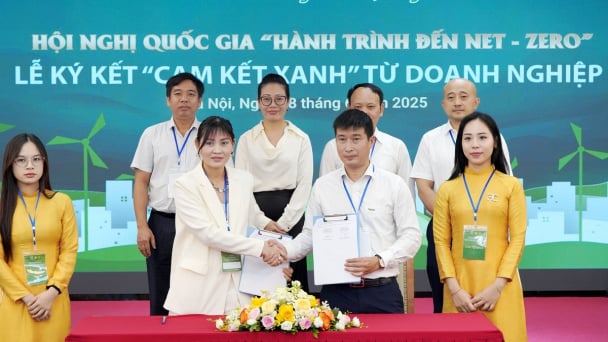
(VAN) The event initiated policy, technical, and financial alignment efforts, which enabled businesses, particularly small and medium-sized enterprises, to proactively transition to low-emission development.
/2025/06/30/0115-3-125736_6.jpg)
(VAN) This is the wish of local governments and pig farmers to establish comprehensive herd immunity, enhance the effectiveness of African Swine Fever (ASF) control, and reduce economic losses.
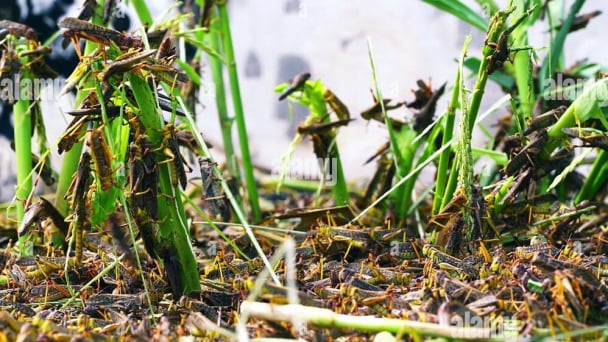
(VAN) A group of Chinese researchers has discovered the biosynthesis and release process of the key pheromone that causes a locust outbreak, making an important contribution to the ecological prevention of locust plagues.
/2025/06/27/4654-2-213900_52.jpg)
(VAN) The Central Annamites Landscape Strategy for the 2025–2030 period sets a comprehensive direction for forest conservation, ecosystem restoration, and sustainable livelihood development.
![Lifting the IUU 'yellow card': [2] Thorough preparation for the EC inspection](https://t.ex-cdn.com/nongnghiepmoitruong.vn/608w/files/huytd/2025/06/27/3109-1-005033_548.jpg)
(VAN) Ahead of the fifth inspection by the EC, Khanh Hoa and Phu Yen have controlled fishing vessels, catch volumes at ports, and VMS equipment to meet the requirements for lifting the IUU 'yellow card.'
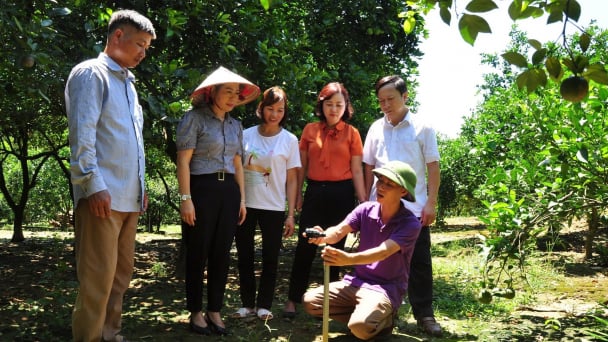
(VAN) Since the implementation of Resolution No. 03 by the People's Council of Tuyen Quang province, 282 organizations and individuals have been supported with advanced, water-saving irrigation systems, covering a total area of 765 hectares.